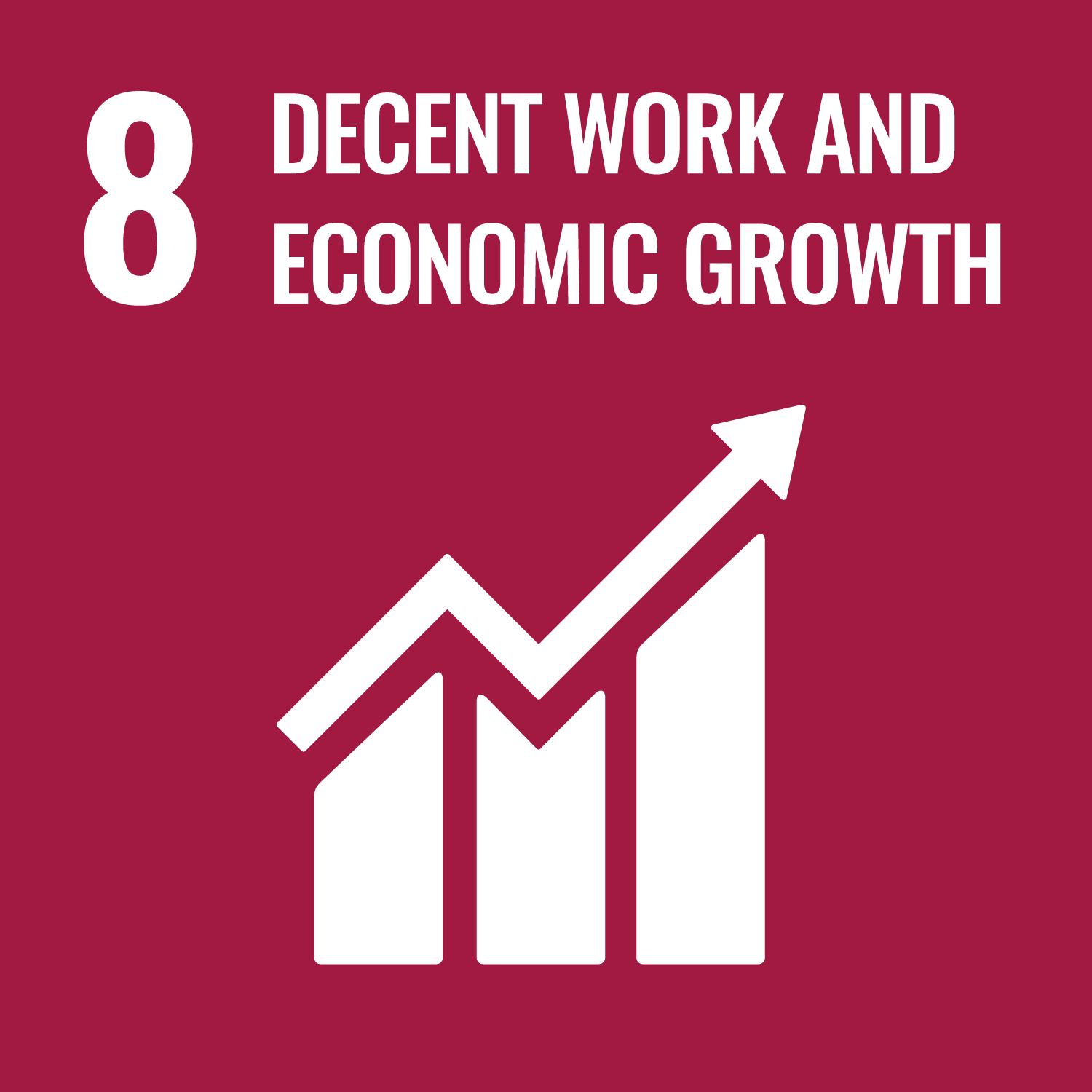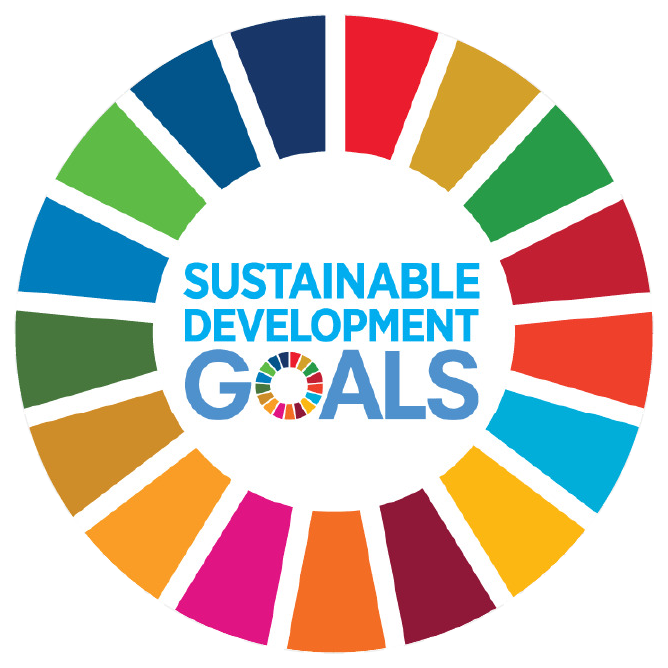Where are we now
This project is conceived in a projected 5 year plan until the Villa is finished. The beach has one container for storage. For 1st phase 2 new containers will be installed: 1 to sell fish (funded) and 2 as working areas (not funded). The containers will be connected through a series of wooden walkways to minimize impact to the sand ecosystem and maximize open spaces for diverse activities. As a part of the adaptation to climate change actions, nature based solutions are being implemented. The first planting activity was held on Dec 2022, where a group of locals and fishers planted native species strategically located within the beach to absorb storm surge impacts and reduce sand erosion.
An indication of our team’s capacity:
20% funding already raised
70% expertise already found
5% materials / equipment already found
50% builders already found
Finance: € 56,825
We have already received funding for the first trailer, installation and water/ energy infrastructure but not for the greenhouse, 2nd trailer, walkways and landscape management in order to finish phase 1. This will support the fishermen in order to get back to their usual labors and occupy the beach again. As part of these first steps we recently entered in collaboration with CoCo PR, an aguadillan non-profit that will be in charge of the tree planting, maintenance, volunteer activities and the greenhouse.This last will serve as this first long term beach restoration action necessary to grow locally the vegetation that will be used in reforestation activities thus ensuring survival rate.
| 200 |
| 9,750 |
| 10,000 |
- Native and endemic trees and shrubs
| 1,875 |
| 20,000 |
| 15,000 |
Skills: Law & Politics, Planning & Management, PR & Marketing, Financial advice
Villas Pesqueras in PR are property of the Ag Dept and they lease them to fishers associations. A new legal mechanism will have to be developed since the Ag Dept has no intention of exercising their responsibility of re-building the Villa in Crash Boat | The coasts in PR are at risk since they are a paradise (very lucrative one)- locally called displacement by design | Legal mechanisms must be developed in order for boricuas to remain in our coasts | Support with NOAA, FEMA and similar federal and non federal grants | We need to raise awareness in the general public about the risks that fishermen are facing due to displacement and climate change- Strategy under progress- support is a must.
Stuff: Equipment & tools, Materials
Materials such as wood, corrugated pvc, structural steel (bases for walkways, roofs and greenhouse structure), concrete (for footings) native and endemic trees and shrubs, greenhouse equipment (wheelbarrows, composting bin, water management, pots) will be needed. Welding tools and basic power tools such as drills, hammers, sanders.
Hands
Currently we have an estimate of 50% of the workforce that will be in charge of the construction and landscape management for the first phase of the project. We need to engage the other half. Construction process will be participatory as well. Fishers are the builders of the wooden yola aguadillana, having the building skills necessary for the construction of the connecting walkways and roofed areas. Nature based solutions as climate change adaptation will be implemented with volunteers and locals. In both cases, construction, planting and maintenance, long-term brigade leadership will need to be recruited.

















